A diverse board is often praised by regulators and investors as evidence of both inclusion and fair representation at the top level of any organisation. But is diversity really welcome if it leads to more radical views and dissent? A challenge to the established clubbable congeniality of the boardroom.
The purpose of board-meetings, as seen through the eyes of the Chair or CEO influences how the organisation embraces diversity. If the aim is simply to end the day with a positive press release or investor briefing, it is unlikely to welcome debate, especially on uncertainties such as future outcomes, which might be seen as a waste of valuable time given the focus on decision making.
Diversity of perspective is vital to ensure that boards deliver optimal judgement calls on future outcomes, whether involving strategy or risk. Most boards would deny succumbing to ‘groupthink’, but there will likely be a tendency towards optimism bias or risk aversion at the very least.
Non-execs on the board provide balance, but this only works if the executive members listen to them and heed their warnings. Too many NEDs claim to suffer the ‘Cassandra complex’ in that their sage counsel is ignored for having insufficient understanding of the day-to-day business.
There is a good case for appointing at least one NED as a ‘Devil’s advocate’ to ask awkward questions and force the executive to reflect on possible impacts and outcomes outside the range presented to the board. There is a fine line between risk aversion and prudence when deferring decisions, and the right call only becomes apparent later.
Alfred P Sloan Jr, the General Motors veteran, when informed that his management committee were all in complete agreement on a decision, postponed further discussion on the matter until the next meeting. This was to provide time for members to develop disagreement and more understanding of what the decision was about. Board consensus reached too easily suggests that decision impact has not been fully appreciated. ‘If you don’t see the risk then you haven’t looked hard enough’.

